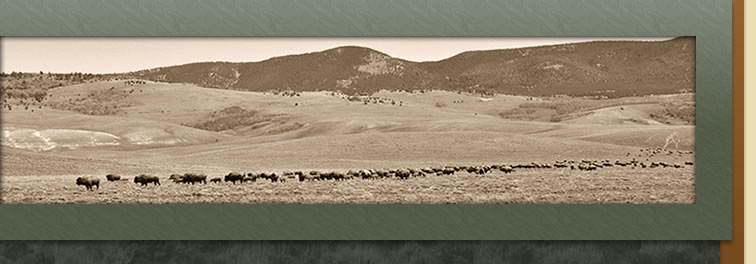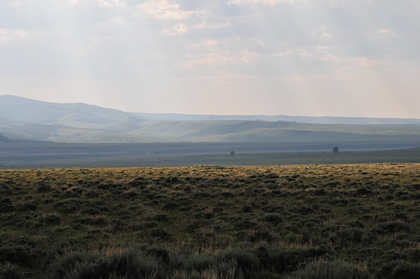

Diamond Tail Ranch Bison & Grass
 Back Home
Back Home
on the Range
by Candace Savage, Canadian Geographic, January/February 2005
“Some environments are not naturally suited to livestock production. But the North American prairies are different. If there ever was a landscape made to be grazed, this is it, an ecosystem that evolved in the presence of bison and other grass guzzlers by the millions. Through a long process of co-adaptation with grazers, prairie grasses have developed roots that are richly stocked with nutrients for rapid regrowth and nibble-proof growing points that are protected by the soil. If a grass stem is chewed down to the quick, it will shoot right back up again, as if immune to the discouragement. And as the grasses respond to the patchy, mouthful-by-mouthful influence of grazing, they grow up to create a patchy mosaic of habitats – from thick, waving stands for bobolinks, in places were little grazing has occurred, to stubby, chewed-off openings for horned larks and killdeer. Grazing is the engine that powers the prairie ecosystem.”



 Back Home
Back Home ![]()

